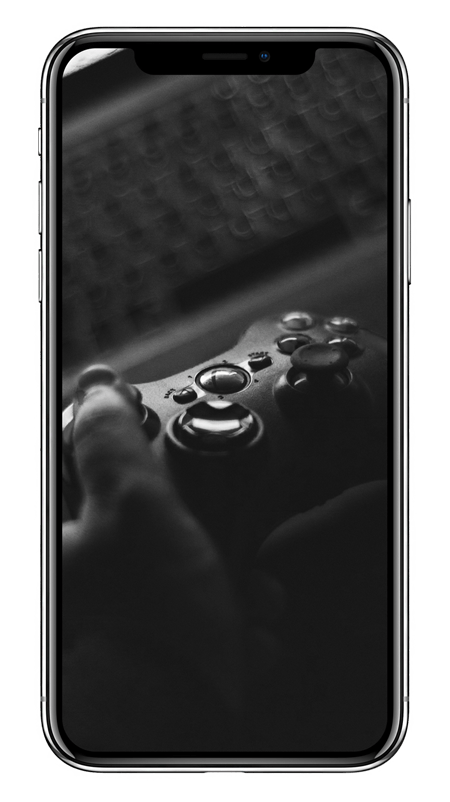With the growing utility of mobiles devices in our everyday lives, the Training & Learning industry is realizing that learners are spending a large chunk of their time on their smartphones or tablets. The increasing popularity of mobile-based learning is a direct output of this realization. With developing technologies and development tools, many varied types of mobile-based learning modules are being created – but what is the basis of that?
To capture the distinctiveness of the mobile platform, developers need to keep in mind that the m-learning is largely learner-led and occurs outside the confines of the classroom. With this as the background, learning experts ascertain that there are a number of pedagogical theories that can be utilized when creating a mobile learning strategy:
Behaviorist learning
The behaviorist learning theory follows the ‘drill and feedback’ method of providing the learners with appropriate learning material and then seeking response on the same. m-Learning fits well within this learning paradigm.
- Text-based documents can be sent, shared and stored in a mobile device. The challenge is to make them suitable for reading on the specific dimensions of the device.
- Short text-based learning modules can be shared with the learners on a regular basis, following which the acquired knowledge can be tested from time to time.
- Feedback is also provided – through the delivery platform as and when learners complete their assignments.
- This method is often used for language courses. The learners are sent word lists on their mobile devices, with examples of usage in different contexts. The learners are also encouraged use them in everyday conversations and are tested in their skills through online quizzes – quizzes that can be taken up on the device and whose results can be displayed instantly. The whole exercise is aligned to mobile delivery as it does not require the learners to read up extensively but learn through regular practice.
Constructivist Learning
Within a constructivist learning framework, learners are encouraged to discover principles for themselves. This helps them to transform themselves from passive recipients of information to active constructors of knowledge.
- m-Learning opens up the unique opportunity to provide the learners a realistic scenario-based environment to discover and learn – as per their convenience. With built-in interactions, the learner can participate in the scenario and take it forward as per his or her understanding of the subject. With the mobile platform, the learner can choose to learn from this experience and quickly apply the learning in real workplace situations – thereby actively creating as well as applying the knowledge.
- Mobile-based games can also provide similar learning experience –and the opportunity to learn when the need is most in order to create knowledge and apply directly to work.
Problem-based Learning
This theory provides learners a problem that is based on the real-life situations they often encounter. Learners are encouraged to identify knowledge gaps by exploring the problem. These gaps are then filled by providing the learners access to suitable knowledge resources. This theory helps learners to identify what they want to learn and then provides them the same – following a strong learner-led approach.
- m-Learning also aligns very well to the problem–based theory of learning. For instance, for learners in the medical community, learning through case studies is a common approach. With the mobile mode of delivery, a problem-based case study can be shared with the group. Utilizing the social reach of the delivery platform, the learners can discuss, post queries or share insights on a common social platform. Instructors can facilitate these discussions and a common solution to the problem can then be reached.
- This approach can also work very well for learners from other industries as well – sales, business administration, nursing or travel. Since these learners are often on the go, they can ponder on the problems while travelling or post comments when waiting for their next appointment.
Context Awareness Learning
Context awareness learning helps learners gain insights on problems at hand by creating a context from what they already know. So, in other words, this way of learning is through re-enforcing existing knowledge.
- Aligned to the mobile mode of delivery, short learning videos can be developed that encapsulate concepts or topics through a mix of minimalistic text and basic graphics. These videos provide a quick and instantaneous learning opportunity for the learner, which helps them gain quick knowledge and revise previously learnt concepts.
- Audio learning capsules, such as podcasts, can also be developed that provide re-enforcements as and when necessary.
Collaborative Learning
Collaborative learning is through interactions and mutual collaboration between learners.
- Mobile devices provide an opportunity to stay in touch – whenever and wherever you want. Learners have multiple learning opportunities within the course of work and can use the mobile platform to share their learning with peers through their mobile devices.
- In addition to documents and texts, learners can share images and videos as well as audio recordings, which can be useful for other learners – for instantaneous support as well as part of a knowledge repository that can be utilized over time.
Most successful mobile strategies use one or more prevalent learning theories and mould it to suit the pertinent needs of the learner group. Wondering what is the most suitable approach for your mobile learning initiative? Write to in**@gc**********.net or fill the form below and we will be happy to guide you to create an impactful as well as sustainable m-learning strategy.
Reference and suggested further reading: ‘Pedagogical Perspective of Mobile Learning’ by J. Taylor
[contact-form-7 id=”4070″ title=”Post-page-request”]








